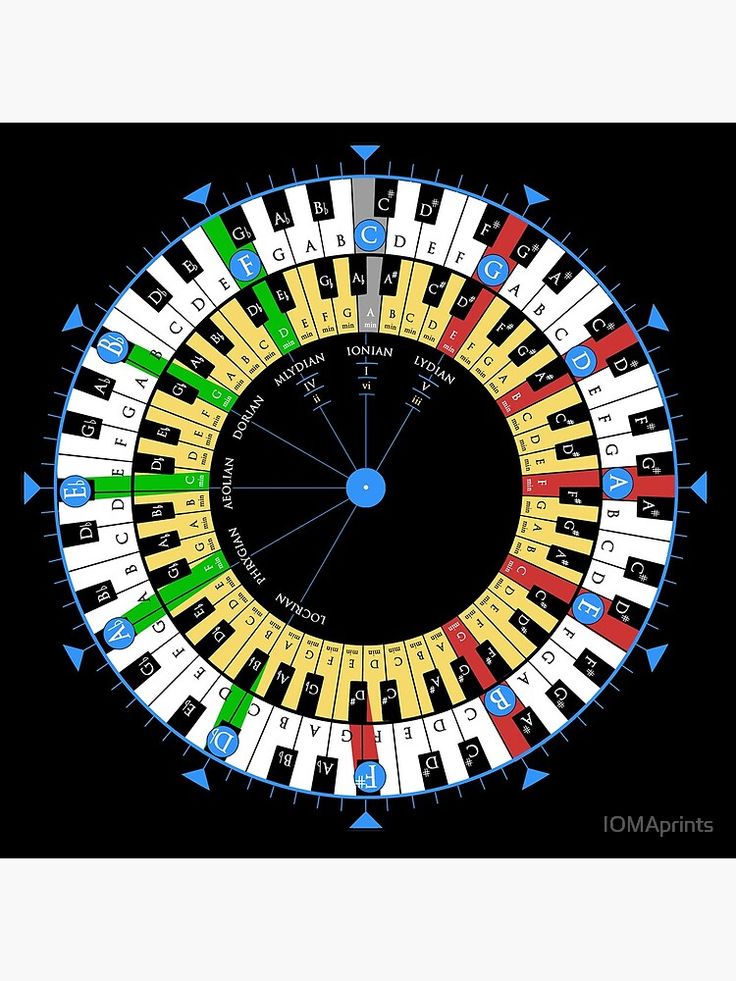Introduction: Are you eager to unlock the secrets of the piano and wow your friends with your musical prowess? Learning piano chords is the gateway to playing your favorite songs, composing your own music, and expressing yourself through the beautiful language of music. Whether you’re a complete beginner or looking to level up your piano skills, this guide will take you from novice to pro in just 10 simple steps.
Step 1: Understanding Basic Terminology Before diving into piano chords, familiarize yourself with basic music terminology such as notes, scales, and intervals. Understanding these fundamentals will lay a solid foundation for your piano journey.
Step 2: Mastering Major and Minor Chords Major and minor chords are the building blocks of music. Learn the formula for constructing these chords and practice playing them in different keys across the piano keyboard.
Step 3: Exploring Seventh Chords Seventh chords add depth and color to your playing. Learn how to form major, minor, and dominant seventh chords and experiment with incorporating them into your music.
Step 4: Embracing Inversions Inversions are alternate arrangements of chords that create smooth transitions between chords and add variety to your playing. Practice playing chords in different inversions to enhance your musical versatility.
Step 5: Delving into Extensions Extensions, such as ninths, elevenths, and thirteenths, further enrich your chord progressions. Experiment with adding extensions to basic chords to create lush and sophisticated sounds.
Step 6: Understanding Chord Progressions Chord progressions are the backbone of music composition. Study common chord progressions in various music genres and learn how to create your own progressions to suit your musical style.
Step 7: Mastering Chord Transposition Transposition is the process of shifting a piece of music to a different key. Practice transposing chord progressions to improve your adaptability and broaden your repertoire.
Step 8: Incorporating Advanced Techniques Explore advanced piano techniques such as arpeggios, chord substitutions, and modal interchange to elevate your playing to the next level.
Step 9: Developing Ear Training Skills Ear training is essential for recognizing chord qualities, intervals, and progressions by ear. Dedicate time to practicing ear training exercises to sharpen your musical perception.
Step 10: Applying Theory to Practice Finally, apply your theoretical knowledge to practical playing. Choose your favorite songs, analyze their chord progressions, and play along with recordings to reinforce your understanding of piano chords in a real-world context.
Conclusion: Congratulations! You’ve journeyed from piano novice to chord-playing pro in just 10 simple steps. Remember, mastering piano chords is a lifelong pursuit, so continue to practice, explore, and push the boundaries of your musical creativity. With dedication and perseverance, you’ll soon be dazzling audiences with your piano prowess. Happy playing!

- 🎶 Flute Lesson for Beginners: Learn Your First Notes Easily
- Homesteading Knowledge: Back-to-Basics Skills for Self-Reliant Living
- 🎸 Dmaj7 Guitar Chord: A Smooth and Dreamy Sound for Your Songs
- July 5th in America: The Quiet Day After the Boom
- Who Is Vanessa Trump? Inside the Life of Donald Trump Jr.’s Former Wife
This is the easiest lesson to learn piano fast as an adult beginner. We start right from day 1, the beginning, with the names of the notes. Then we move onto the 3 essential pillars (these are the basics) for beginners. If you practice these daily, you’d be surprised how far you’ll get in 7 days, 21 days, or even better, in 30 days. Just start with lesson 1 and progress to lesson 2, lesson 3, and so on, the system works if you follow the roadmap. In the series, you’re going figure out how to learn a piano song from the radio quickly – it SOUNDS impressive, but it’s actually easy to learn, and you can even use it as an accompaniment or as a melody, and later on in your journey it can help you learn piano by ear (you’ll sound like a pro). You can learn from scratch by yourself with this masterclass at home, online using a laptop, ipad or videos on your mobile phone. We’re going to cover everything, a complete guide to music theory, basic major chords and chord progressions,(with easy pictures for ya) tips for rhythm patterns, and an exercise program to practice daily, it only takes about 5 minutes. As well as a couple hacks to learn the keys (ie the letters) now. You can practice these on an actual piano or an electric keyboard (yamaha’s are my faves!).
Make sure you stick around to the end, for the BIGGEST mistake beginners make – trust me, you do not want to make this mistake, it can add years to your learning time… and I can teach you the quick fix in 39 seconds so you can learn without frustration. If you’re new to this, don’t fret at all. This tutorial is tailored to start from zero for beginners but also, those at an intermediate or advanced level, can learn something as well. Whether you’re an adult or a kid or a todler, (although it’s mainly aimed at adults) we kick things off easy enough at a gentle pace, breaking down the music theory step by step, focusing on one hand at a time (yes, including the Left Hand), and gradually moving to two hands, ensuring a frustration-free learning experience. You can move from Grade 1 to Grade 3 to Grade 5 with ease. This is just part 1.